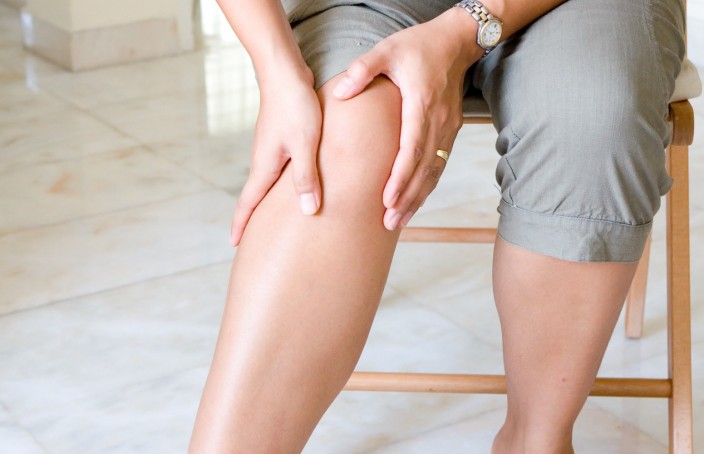Restless leg syndrome (RLS) is a neurological disorder that can be extremely unpleasant to live with. Similarly to type 1 diabetes, it has no cure, and treatment is aimed at relieving the most uncomfortable of symptoms. There are, however, certain changes you can make which could be very beneficial if you live with RLS.
Symptoms of RLS include burning, twitching, tingling and crawling sensations. They are often worse at night, and can make sleeping extremely difficult for some people.
There are two types of RLS: secondary and primary. Diabetes and other chronic health conditions can worsen the symptoms of secondary RLS, which usually occurs after the age of 40, particularly among people with uncontrolled blood glucose levels. Primary RLS has no known cause, although genes are thought to play a role. Primary RLS often begins before the age of 40.
People with RLS may be prescribed certain medication, such as dopamine agonists, to ease their symptoms, but there are also many lifestyle changes that can be made to limit how uncomfortable RLS can be.
While no single strategy works for everyone, here are seven methods of restricting RLS symptoms.
1. Take a hot bath
A hot bath before bed can calm and relax your muscles, as well as take your mind off your symptoms. Adding some Epsom salt, sea salt or baking soda can further help your muscles. If you don’t particularly feel like having a bath, you could try applying a hot or cold compress to your leg muscles, or wearing compression stockings for an hour before bed.
2. Avoid stimulants before bed
Certain stimulants can exacerbate RLS symptoms, particularly before bed. These include caffeine, smoking, alcohol and too much physical activity. These triggers can also make it difficult to sleep, so make sure you having a longer period of winding down when it’s close to your bedtime and avoid these stimulants.
3. Distract yourself
RLS symptoms can make people extremely anxious: about whether symptoms might occur later in the night and when they will disappear if they start up. While this anxiety can be hard to shake, it can actually aggravate symptoms. The next time you feel particularly worried about your symptoms, do something else, whether it’s puzzles, drawing, painting or reading. Taking your mind off your symptoms, particularly through doing something creative, can reduce your anxiety and risk of triggering symptoms.
4. Get your body moving
Certain types of exercise can be very beneficial in limiting RLS symptoms. However, exercise shouldn’t be done close to bedtime. Simple stretching can be effective, such as calf stretches, hip stretches and front thigh stretches. The efficacy of some techniques can vary from person to person – for example, you may find that other exercises, such as jogging, are more (or less) helpful – but the most important thing is to keep your body active.
5. Leg massages
Massage is known to improve circulation because the pressure applied can help move blood through congested areas. You could book appointments with a therapist, or massage your legs yourself. Even a light rub of areas that hurt when symptoms flare up can ease the pain.
6. Intimate relations
Sex could help with RLS because orgasms are linked to the release of dopamine, a brain chemical, which can ease symptoms, according to a study in Sleep Medicine in 2011. Having sex in the evening can also help take your mind off your night-time symptoms.
7. Stick to a regular bed time
Our bodies naturally follow biological rhythms, so having a regular bedtime can help your body nod off at a particular time each night. Additionally, try to avoid sleeping in at the weekend and having naps. This can interfere with your sleep rhythms, and increase your anxiety about symptoms if you then end up struggling to sleep at night.
Do you or does anybody you know to struggle with RLS? Do you know any other lifestyle treatments that can ease symptoms? Share them in the comments section below.
Picture: www.huffingtonpost.co.uk





